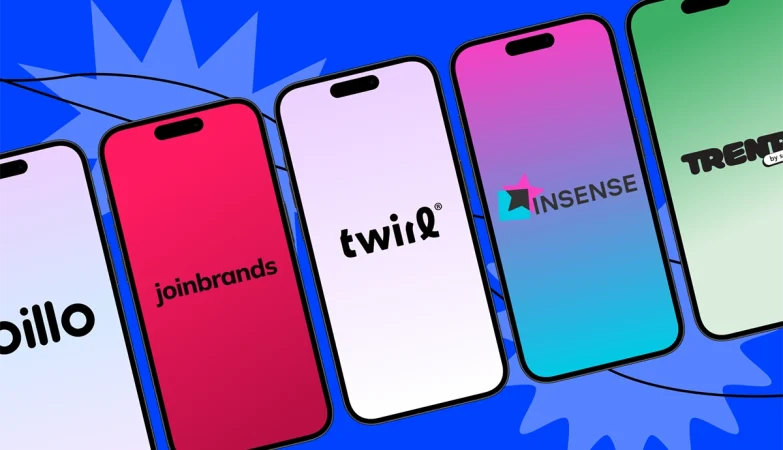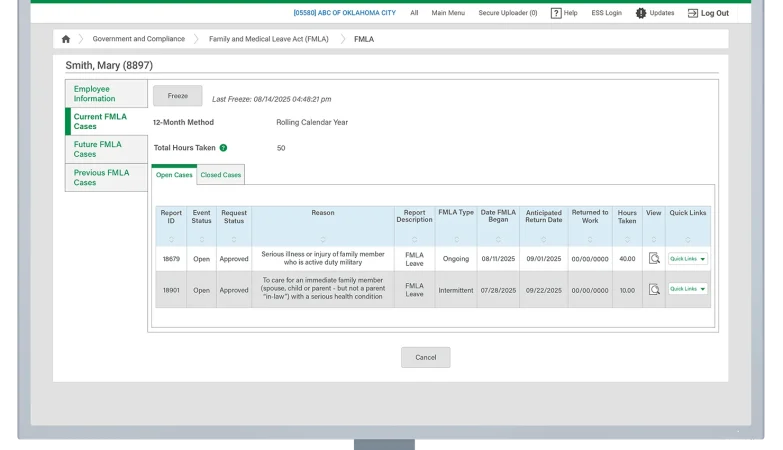Let’s be honest—running a niche e-commerce brand isn’t easy. The competition is fierce, margins can be slim, and sustainability? Well, that’s often an afterthought. But here’s the deal: building a sustainable business model isn’t just good for the planet—it’s a smart way to stand out, attract loyal customers, and future-proof your brand.
Why Sustainability Matters for Niche Brands
You might think sustainability is just for the big players. Not true. In fact, niche brands have a unique advantage—they’re agile, passionate, and often built around a community that cares deeply about values. Think of it like a small-batch coffee roaster vs. a multinational chain. The former can pivot faster, experiment with eco-friendly packaging, and tell a more authentic story.
The Pain Points (and Opportunities)
Sustainability isn’t just about slapping “eco-friendly” on your label. It’s about rethinking your entire business model. Here are the common hurdles—and how to turn them into wins:
- Higher upfront costs: Sure, sustainable materials or ethical labor might cost more. But customers are willing to pay a premium—73% of millennials, according to Nielsen.
- Supply chain complexity: It’s messy. But transparency here can become your selling point. Ever seen how Patagonia traces its wool? That’s storytelling gold.
- Greenwashing fatigue: Consumers are skeptical. So don’t just claim—prove it. Certifications, behind-the-scenes content, and third-party audits build trust.
5 Sustainable Business Models to Consider
1. The Circular Economy Model
Instead of the old “make, sell, discard” cycle, circular models keep products in use longer. Think:
- Take-back programs (like Patagonia’s Worn Wear)
- Refillable containers (common in niche beauty brands)
- Upcycling materials—ever seen sneakers made from ocean plastic?
2. The Subscription Model (But Make It Green)
Subscriptions aren’t new, but when paired with sustainability, they shine. For example:
- Reusable product subscriptions (like cloth diaper services)
- Zero-waste meal kits with returnable packaging
- “Mend and refresh” services for clothing
3. The Community-Supported Model
Inspired by CSA farms, this model involves customers investing upfront—say, pre-ordering a season’s worth of products. Benefits?
- Reduces overproduction (and waste)
- Builds a loyal, invested customer base
- Improves cash flow for small brands
4. The Digital-Physical Hybrid
Cutting down on physical waste doesn’t mean going fully digital. Blend both:
- Offer digital guides with physical products (e.g., a sustainable skincare routine PDF with every purchase)
- Host virtual workshops to extend product life (like “how to repair your leather goods”)
5. The “Buy One, Give Back” Model
Not exactly new, but when done right, it works. The key? Tie donations to your niche. A brand selling hiking gear might plant a tree for every sale. A pet product brand could donate meals to shelters. Authenticity is everything.
How to Implement Without Breaking the Bank
Okay, so you’re sold on sustainability—but budgets are tight. Here’s how to start small:
| Area | Low-Cost Action | Bigger Commitment |
| Packaging | Switch to recycled mailers | Invest in compostable materials |
| Shipping | Offer carbon-neutral shipping at checkout | Partner with local delivery bikes |
| Product | Use one sustainable material (e.g., organic cotton) | Redesign for full biodegradability |
The Bottom Line
Sustainability isn’t a trend—it’s the future. For niche e-commerce brands, it’s a chance to differentiate, deepen customer relationships, and, honestly, sleep better at night. Start where you can. Iterate. And remember: imperfect action beats perfect hesitation.






